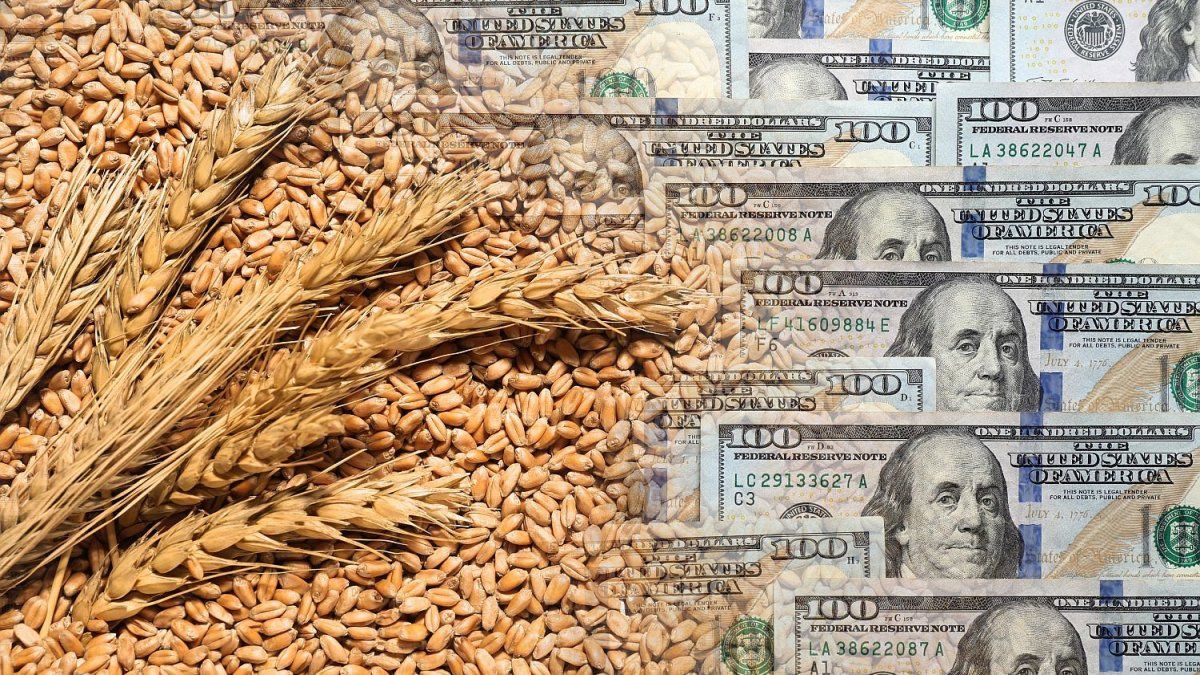World soybean oil prices rebounded on the strength of imports, especially in India, according to the FAO report. Palm, rapeseed and sunflower oils also rose.
Rapeseed and sunflower exports were favored, respectively, by persistent supply tightness and rising global import demand. For his part, the director of the FAO Markets and Trade Division, Boubaker Ben-Belhassen, pointed out the “shortage of labor and adverse weather conditions” as other factors in the rise in oil prices.
“It is worrying that the repercussions of these limitations will not dissipate quickly,” the official said. “The poorest segments of the population are going to receive the greatest impact from rising food prices”For his part, the director of Markets and Exchanges at the FAO, Josef Schmidhuber, told the Bloomberg news agency, adding the higher cost of fertilizers as another factor in the rise.
The second category with the largest increases was dairy, whose index registered a rise of 2.4%, its fifth consecutive monthly increase, with those of skimmed milk powder and butter as the main increases. For its part, the price index for cereals registered a slight increase, in the order of 0.1% per month, with an annual rise of 12.5%.
While world corn prices rose 3.8% due to concerns about the persistent drought in South America (specifically in Argentina and Brazil), wheat prices fell 3.1% due to bumper harvests in the Argentina and Australia. However, in the case of wheat, the decline was not more marked due to the increase in political tensions in the Black Sea and the sustained demand for higher quality wheat, currently in short supply globally.
Meanwhile, rice rose 3.1% due to demand from Asia and the lower volume of the harvest. With the new data, the FAO revised upwards its estimate of world cereal production in 2021, which stood at 2,793 million tons, 0.8% more than in the previous year; and estimated an expansion of wheat plantations for 2022 and an “unprecedented sowing” in Argentina and Brazil thanks to high prices.
Likewise, according to an estimate by the organization, the world trade in creales in 2021/22 will amount to 481 million tons, a historical record. In the case of meat, its price index increased slightly with an annual increase of 17.3%.
Beef reached a new high, due to strong demand that exceeded exportable supply, which recorded a decline in Brazil and Oceania. Despite the lower demand from China, pork also rose slightly due to labor shortages and high input costs that caused a reduction in supply.
Sheep and poultry meat continued to decline for the opposite reason: greater supply than demand, despite the outbreaks of avian flu that affected the latter. Finally, sugar was the only category with decreases, falling 3.1% to the lowest level of the last six months; due to favorable prospects for production in exporting countries.
Source: Ambito
David William is a talented author who has made a name for himself in the world of writing. He is a professional author who writes on a wide range of topics, from general interest to opinion news. David is currently working as a writer at 24 hours worlds where he brings his unique perspective and in-depth research to his articles, making them both informative and engaging.




